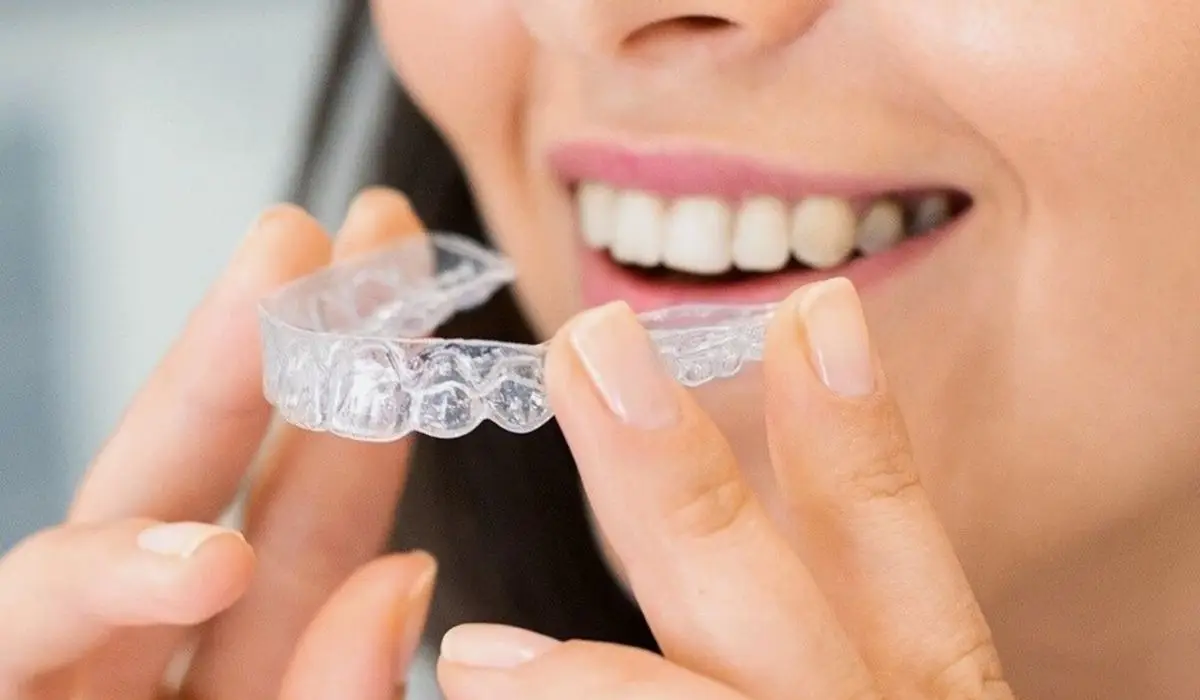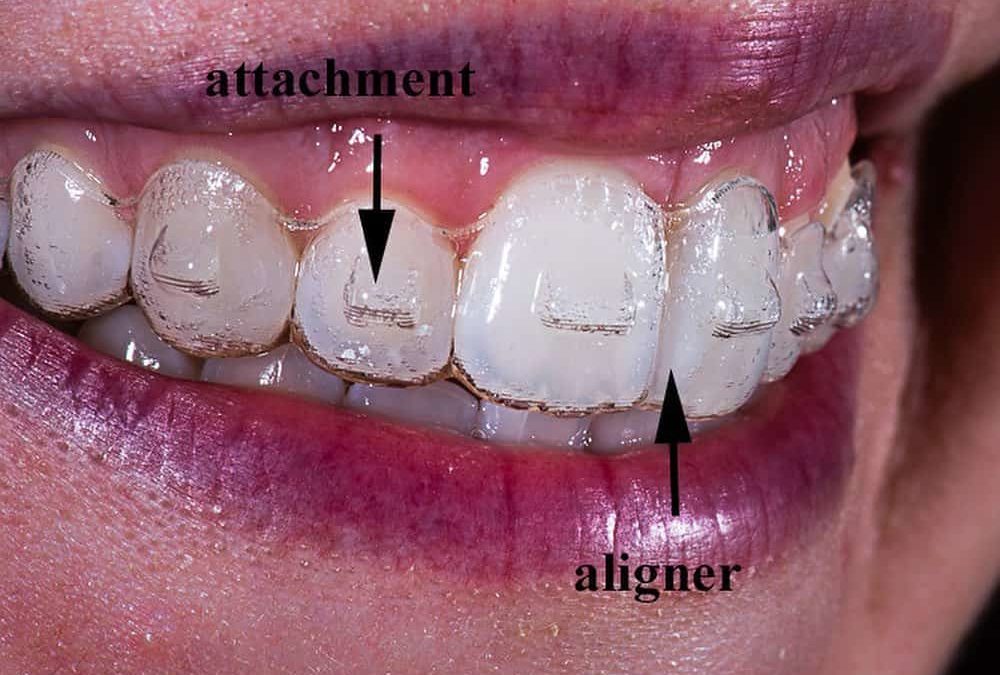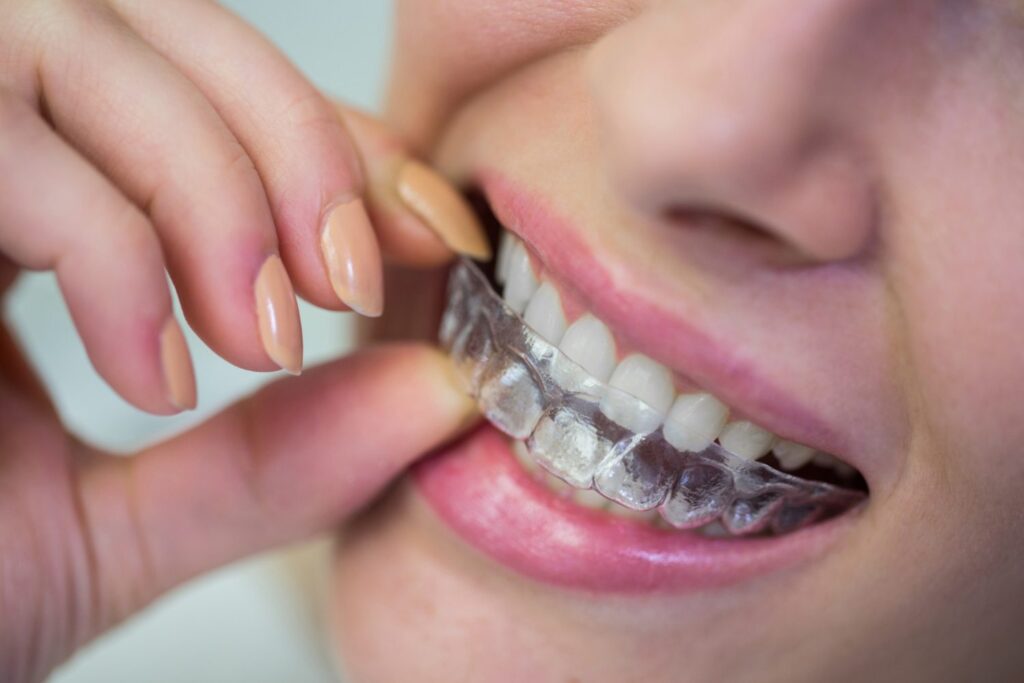Preserving Oral Health While Making Use Of Invisalign: Tips for a Smooth Experience
Preserving Oral Health While Making Use Of Invisalign: Tips for a Smooth Experience
Blog Article
Invisalign vs. Typical Braces: Which Option Is Right for You?
When thinking about orthodontic treatment, the selection between Invisalign and standard dental braces provides a number of important elements that warrant cautious examination. Invisalign offers a very discreet choice with detachable aligners, while traditional dental braces supply an extra visible yet effective solution for serious misalignment. Each alternative encompasses distinctive benefits and disadvantages connected to looks, comfort, therapy period, and cost. Understanding these subtleties is vital for making an educated decision that straightens with your personal choices and lifestyle. The question stays: which option will best fulfill your orthodontic requirements and expectations?
Overview of Treatment Alternatives

In comparison, standard dental braces contain metal brackets and cords that are adhered to the teeth. This technique uses constant pressure gradually to achieve placement. While effective for complicated orthodontic problems, traditional braces need regular sees for modifications and can present challenges in keeping dental hygiene because of the difficulty of cleaning up about brackets and cables.
Both options have their benefits, and the choice frequently depends upon specific dental conditions, way of living choices, and person conformity. Inevitably, consulting an orthodontic expert is vital for determining one of the most suitable treatment strategy tailored to individual requirements. Recognizing the subtleties of each option can significantly affect the overall success of orthodontic treatment.
Aesthetic Factors To Consider
A significant variable affecting the option between Invisalign and standard dental braces is the visual allure each treatment offers. Invisalign aligners are crafted from clear plastic, making them practically undetectable when used. This discreet look is specifically interesting grownups and young adults who may really feel uneasy about their orthodontic therapy. The capacity to preserve a natural smile throughout the positioning process can significantly enhance the individual's self-confidence in specialist and social settings.
On the other hand, standard dental braces consist of metal brackets and cables, which can be more visible. While advancements in orthodontic innovation have actually caused the advancement of smaller braces and tinted elastics, conventional braces still preserve an even more noticeable profile. For some people, the visibility of dental braces may hinder them from seeking required therapy.
Ultimately, the choice in between Invisalign and typical braces may depend upon personal choices pertaining to appearances. Clients who focus on discernment commonly lean toward Invisalign, while those who are less concerned regarding exposure might go with conventional dental braces. Understanding the aesthetic ramifications of each choice is critical for making an educated choice that lines up with one's way of living and choices.
Convenience and Convenience

In regards to ease, Invisalign aligners are detachable, enabling individuals to appreciate their preferred foods without restriction and preserve optimum dental hygiene. Brushing and flossing are simplified, as the aligners can be secured during these routines, whereas standard braces call for careful maneuvering around braces and cords.
In contrast, traditional dental braces demand regular adjustments, making them much less hassle-free for those with active schedules. Overall, the convenience and convenience of Invisalign make it an enticing option for lots of individuals looking for orthodontic therapy.
Therapy Period and Efficiency
While both Invisalign and conventional braces work in dealing with dental misalignments, the period of therapy can vary substantially in between both options. Normally, Invisalign treatment can take anywhere from 12 to 18 months, relying on the intricacy of the situation. The clear aligners function by progressively moving teeth into their preferred positions, and routine follow-ups with an orthodontist aid guarantee progress stays on course.
In comparison, traditional braces often need a longer dedication, generally varying from 18 months to 3 years. This is because of their fixed nature and using brackets and cords, which can be extra efficient for complex situations and extreme imbalances (Invisalign). The therapy efficiency of typical dental braces is well-documented, as they enable precise changes and higher control over tooth activity
Eventually, the option in between Invisalign and standard dental braces might pivot on both the expected therapy period and the specific oral problems at hand. Consulting with an orthodontist is important, as they can offer customized suggestions based upon individual demands, making sure the selected approach aligns with preferred outcomes and durations.
Cost Contrast and Insurance Policy Alternatives
Price plays a substantial function in the decision-making procedure for individuals taking into consideration orthodontic treatment, whether choosing Invisalign or conventional dental braces. On average, the price of Invisalign arrays from $3,000 to $8,000, while typical braces normally set you back in between $2,000 and $6,000. Aspects influencing these expenses consist of the complexity of the case, the duration of treatment, and geographical location.
Insurance insurance coverage can considerably influence out-of-pocket costs. Numerous oral insurance coverage strategies offer partial insurance coverage for orthodontic therapies, but the specifics can differ commonly. It is critical pop over to this site for patients to review their insurance plan to determine the level of coverage for either option. Generally, typical dental braces may be much more regularly covered by insurance strategies contrasted to Invisalign, which some insurance providers categorize as an aesthetic procedure.
In addition, numerous orthodontic practices offer versatile layaway plan, making both treatment alternatives a lot more easily accessible. Individuals should ask about possible financing options and discounts for upfront repayments. Evaluating the complete expense, including insurance advantages and repayment strategies, is essential for making a notified choice that aligns with both visual preferences and spending plan considerations.

Final Thought
In summary, the selection between Invisalign and typical braces hinges on several variables, consisting of aesthetic preferences, comfort, treatment duration, and expense. Invisalign supplies a discreet, removable option that Recommended Site facilitates dental hygiene and dietary flexibility, while standard braces might be preferable for complex oral problems and often come with a lower cost factor. Eventually, assessment with an orthodontist is important to assess specific situations and determine the most proper therapy alternative for achieving optimal oral positioning.
When considering orthodontic therapy, the selection in between Invisalign and standard dental braces provides numerous important aspects that merit cautious evaluation.Contrasting Invisalign and traditional braces discloses unique treatment choices for orthodontic improvement.While both Invisalign and traditional braces are efficient in dealing with dental misalignments, the period of treatment can differ considerably in between the two choices.Cost plays a significant function in the decision-making process for individuals taking into consideration orthodontic therapy, whether choosing for Invisalign or conventional braces.In summary, the option between Invisalign and standard dental braces pivots on several aspects, including visual preferences, comfort, treatment duration, and price.
Report this page